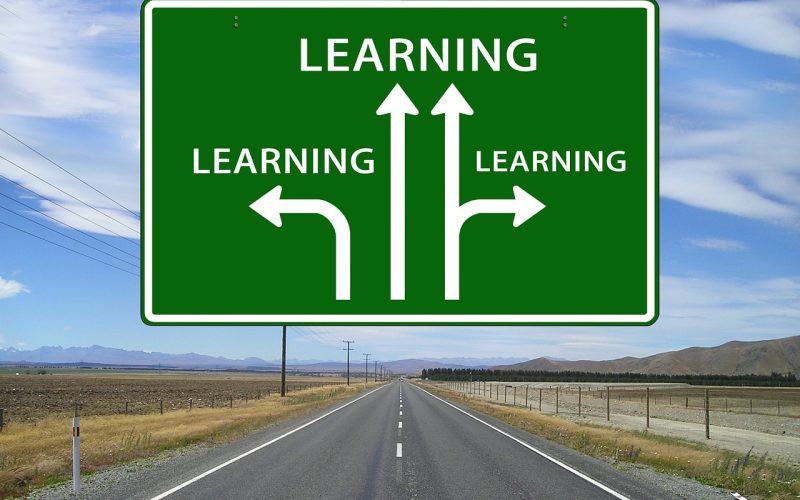For every project, we need a reliable method that focuses on results, and skill swapping is no exception. If you want to organize such an activity you have to learn how to use different instruments and resources to design a successful skills exchange.
Skill swapping is about sharing experiences and knowledge within a community. These types of projects can help accelerate processes and find development solutions.
Organizing a skill swap project
The first step is to establish certain parameters. Ask yourself the following questions: What challenges is a community/team facing? How can skill swap help them overcome this? What would be the best way to implement this? How to measure results? How to include this activity in a wider process encompassing more knowledge and further development?
It doesn’t matter whether you’re a teacher or an event organizer. Moreover, you may offer various services from handcraft, tech knowledge, physical abilities, or any other valuable skill. The point of this article is to show a possible framework where you can put together the activity with positive results.
The methodology consists of the following steps:
- Step 1: setting up the bases
- Step 2: defining your objectives
- Step 3: choosing the knowledge providers
- Step 4: implementation
- Step 5: assessment
The essence of skill swap projects
The essence of such projects is to bring valuable, often expensive knowledge, for free. The project can be focused on a specific area but ideally, it should have as much variety as possible. Thus, you’ll increase the participants’ possibilities to find what they need and someone that needs what they offer. In the following video, you’ll see an interesting example. Notice that the activities here include sewing, skating, and more.
It’s important to understand that this approach not only helps individuals but companies as well. The Guardian published an article in 2015 about the advantages of skill swaps and the possibility to grow one’s business. Therefore consider the corporate world when designing your activity as this can be a great way to attract participants and find sources of knowledge.
Skill swapping project step by step
Step 1: setting up the bases
Before you start to plan, you need to figure out what your goals with this project are: Do you want your company to reach a certain skill level? Do you need your staff to accomplish certain tasks within a given framework? Do you want to improve the educational level of your community? Establish what you need to accomplish and then identify the challenges that you will need to face.
Here are some examples of the goals you may need to accomplish within a team or group of people:
- Higher motivation
- Enhanced trust
- Enhanced comprehension of a certain topic
- Enhanced communication
- Cohesion
- Collaboration
- Enhanced commitment
- Consensus among a group of people
- New measures
- Greater sense of belonging
- Better coordination
- Improved planification
- Wider points of view
- Wider network
Step 2: defining your objectives
After setting up the parameters within which you want to establish your objectives, determine what you need to accomplish to reach the ultimate goal and then identify what elements you will need. What type of knowledge do you need? Who can provide this knowledge? Who will run the sessions?
Step 3: choosing the knowledge providers
Once you know what kind of people you want to contact, there are a few things to consider like budget, time management, the environment, technology, and resources. Which of these can you get? How can you combine them so the knowledge providers can do their job? How will you optimize your budget?
Step 4: Implementation
Now it’s time for you to guide the participants throughout the teaching and learning process. Your main job will be to promote interaction and establish relationships. Remember to track each step, activity, time frame, and each one of the accomplished objectives. At this stage, you can use a variety of tools to implement your activities. These can be conferences, workshops, field trips, conversations, and more.
Step 5: Assessment
When you reach step 5, you’ll need to assess your results. If you keep track along the way, you will be able to make changes if necessary. Make sure to take note of your data and measure how efficient the results are. Finally, present your results before your partners, collaborators, or other participants.
One of the advantages of skill-swap activities is their flexibility, being able to adapt to virtually every context and situation. When preparing your plan, always keep in mind that the essence of skill swap is to develop knowledge within a collaborative environment and make resources available to everyone.
